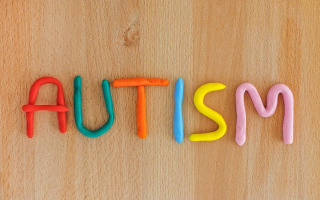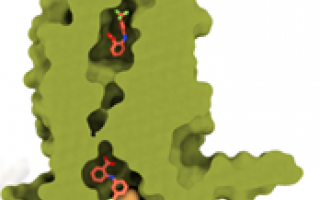Children Learn Language from Wholes to Parts, Challenging Traditional Views of Language Acquisition
A new study reveals an often-overlooked process in language learning: children frequently begin by grasping whole phrases and only later identify the individual components within them. This “whole-to-part” approach suggests that children have an inherent bias toward holistic learning, challenging the traditional view that language is usually acquired by assembling smaller parts into larger structures. The findings shed light on the flexibility and resilience of language acquisition across diverse contexts, including situations where formal language input is limited.

















